Ahhhh beer. It's a ubiquitous drink found in over 90% of all countries around the world. Since the dawn of civilization, man has celebrated with beer where it can make even the most introverted person suddenly dance a little jig or belt out a top 40 song. But other...
Tags
Easy switching of sources and LC flow regimes on the ZenoTOF 7600 system
This series of videos outlines how a user can easily switch sources and operate the system in different LC flow regimes.

A rising star in food allergen research: proteomics of shellfish allergen
It’s important to know what you’re eating, especially if you suffer from a food allergy.
About 220 million people worldwide live with a food allergy.1 These numbers, along with the complexity and severity of conditions, continue to rise. In America, there are about 32 million food allergy sufferers—5.6 million of those are children under the age of 18.2.2 That’s 1 out of every 13 children, or about 2 in every classroom. From a financial perspective, the cost of food allergy childcare for US families is up to $25 billion
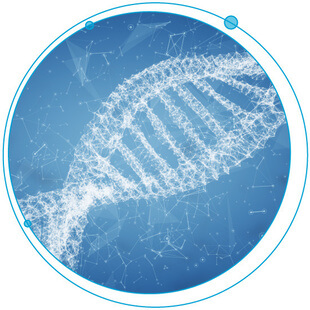
You’ve Edited the Gene. Now What?
Protein-Level Verification Without The Need For Antibodies Using SWATH® Acquisition. Fast, Comprehensive, and Highly Reproducible Although humans have been able to influence the traits of plants and animals for thousands of years through domestication and selective...
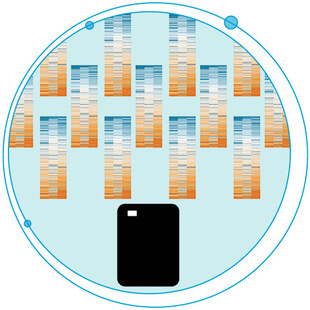
A Smart Way to Profit from the Wealth of Biobanks
Microflow LC with SWATH® Acquisition for Digitizing Biobanks What if you could access thousands of high-quality samples for your research? What if these samples were well-annotated biological specimens? And what if they were carefully segmented into just the...

“Bottoms Up” Proteomics
Ahhhh beer. It's a ubiquitous drink found in over 90% of all countries around the world. Since the dawn of civilization, man has celebrated with beer where it can make even the most introverted person suddenly dance a little jig or belt out a top 40 song. But other...

The Ultimate Selectivity for Peptide and Protein Quantitation
There’s no doubt about it, biopharma drug development is experiencing phenomenal growth and presents a variety of challenges not experienced in small molecule development. Some of these challenges are in the selective and sensitive quantitation of peptides and...
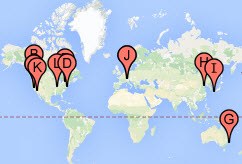
Multi-Laboratory Study Highlights the Quantitative Reproducibility of SWATH Acquisition (Nature Communications Paper)
Reproducibility is one of the key tenets of the scientific method. But in a recent survey published in Nature, more than 70% of researchers were not able to reproduce another scientist’s experiments, and more than half could not reproduce their own experiments1. While the reasons for this are many, at least some of them stem from issues inherent in data collection.
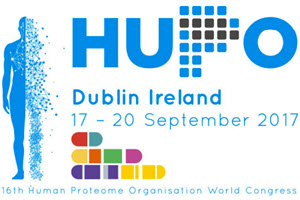
SCIEX Lands HUPO Science and Technology Award
We are pleased to congratulate its research scientists Stephen Tate and Ron Bonner (retired) for being awarded this year’s Science and Technology award at HUPO 2017 in Dublin Ireland. The Science and Technology Award at HUPO recognizes an individual or team who were key in the commercialization of a technology, product, or procedure that advances proteomics research
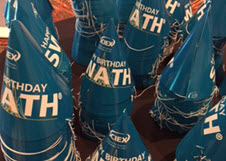
Happy Birthday to SWATH Acquisition! 5 Years of Innovation
With its introduction at the HUPO World Congress in 2010 in Sydney Australia by Ruedi Aebersold, SWATH® Acquisition instantly intrigued scientists around the world. Here was a new technique with the potential to revolutionize the way proteomics studies were performed! Based on a data independent acquisition strategy using a SCIEX TripleTOF® 5600 system, SWATH was able to consistently identify and quantify at least as many peptides and proteins as other far more mature proteomics strategies on the market, but with quantitative accuracy and reproducibility rivaling gold standard MRM experiments! This solution was made broadly available to researchers with a full launch of SWATH Acquisition in the Analyst® TF 1.6 Software on the TripleTOF 5600+ System at ASMS 2012 in Vancouver (A Mine of Quantitative Proteomic Information. Prof Dr. Ruedi Aebersold, Head of the Department of Biology, ETH Zurich).
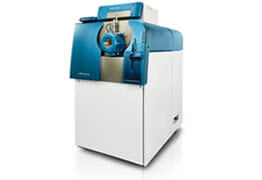
5 Tips for Calibrating a QTOF Mass Spectrometer
Do you have questions about your mass spec? How about a workflow? Our community members are involved in active discussions and receive expert answers from customers like you, SCIEX scientists, and support specialists every week. One recent topic concerned the automatic calibration on TripleTOF® systems as answered by Dr. Christie Hunter whose focus is developing and testing innovative MS workflows for omics research through working collaboratively with the instrument, chemistry, and software research groups.

Industrialize Your Quantitative Proteomics with Microflow Analysis
Many groups around the world are now using SWATH Acquisition on TripleTOF Systems for both quantitative proteomics experiments and biomarker research. The SWATH acquisition technique on a TripleTOF® 6600 system provides state-of-the-art quantitative proteomics analysis with unrivaled proteome coverage. With this workflow, researchers can routinely quantify 1000s of proteins per run, reproducibly, and with high data completeness – all with the quantitative accuracy approaching that of a gold standard MRM approach.
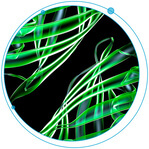
Bottom-Up Proteomics: A Discussion with Christie Hunter
Biocompare recently featured an article on Bottom-Up Proteomics. I had a chance to follow up with Christie Hunter and expand on some of the questions featured in the article:

Taking on Precision Medicine with Industrialized Proteomics
What if we could deliver the right treatment at the right time, to the right person to better, more effectively treat complex disease? This is the promise of precision medicine, to be able to approach complex disease treatment and prevention by taking into account individual variability in genes, environment, and lifestyle for each person.
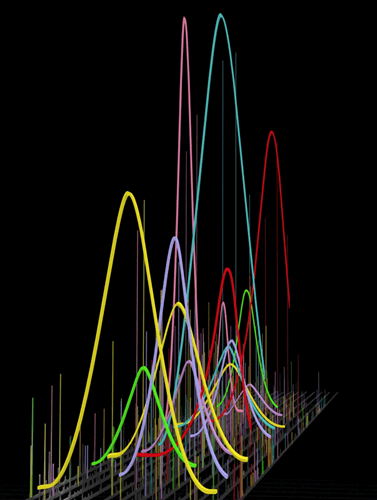
Use a Bigger SWATH Library and Get More Protein Coverage From Your Sample
If you have a TripleTOF® System and you’re using SWATH Acquisition for your quantitative proteomics experiments, you’ve made the right choice. SWATH is a data independent workflow that enables data to be acquired for every detectable analyte in a complex sample. You create a digital map of the sample that can be mined for new information any time new biological insights are hypothesized. It’s all there!
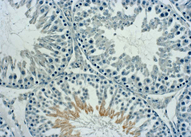
Gain New Insights Into Human Spermatogenesis with this “Click & Easy” OneOmics Workflow
A recent webcast by Charles Pineau, Director of Protim, IRSET, Rennes, France, demonstrates how you can use the OneOmics™ Platform as a "Click & Easy" workflow for integrating next-generation proteomics (NGP) data with next-generation sequencing (NGS) data. Dr....

Discover How SWATH Acquisition Technology is Being Used in HIV-1 Research
SWATH® Acquisition: On the Forefront of HIV-1 Research World AIDS Day is held on the 1st December each year and is an opportunity for people worldwide to unite in the fight against HIV, show their support for people living with HIV, and to commemorate people who have...

Mass Spectrometry Helps Researchers Solve a Mystery about Type 2 Diabetes Drug
This is an article from November 21, 2013. We thought it was an interesting story to share with you on this World Diabetes Day.
For the research conducted by the Australian and Canadian researchers, the analysis at the molecular level was optimized on SCIEX instrumentation, including the SCIEX TripleTOF® 5600 and the SCIEX QTRAP® 5500 system
Analyze Large Omic Data Sets with Cloud Computing and See What More You Can Accomplish
Our scientific world is expanding. With each passing day, new discoveries are made, old discoveries are verified, and more data are generated. Large data sets are now the norm for omics experiments such as genomics, transcriptomics, proteomics, and metabolomics....

What You Need to Know About the OneOmics Project – A Discussion with Mark Cafazzo
I recently had the opportunity to sit down with Mark Cafazzo, Global Proteomics Market Manager, SCIEX, to discuss the SCIEX OneOmics™ Project:
Becky: I’ve heard about the OneOmics Project. Can you share more about it?
Automate Your Sample Prep with the Biomek Workstation and Protein Preparation Kits
Frankly, who has the time? With so many samples to prepare, day after day, week after week, month after month, there’s time for little else. And those repetitive tasks of pipetting over and over again, just keep, well, repeating.

MultiOmics Research For the Study of Placental Development
A recent study by Katy Williams (UCSF), Christie Hunter (SCIEX), and Andrew Olsen (Advaita) used the iPathwayGuide within the OneOmics cloud computing environment to help understand how placental development can go awry during certain pregnancy complications such as pre-eclampsia.